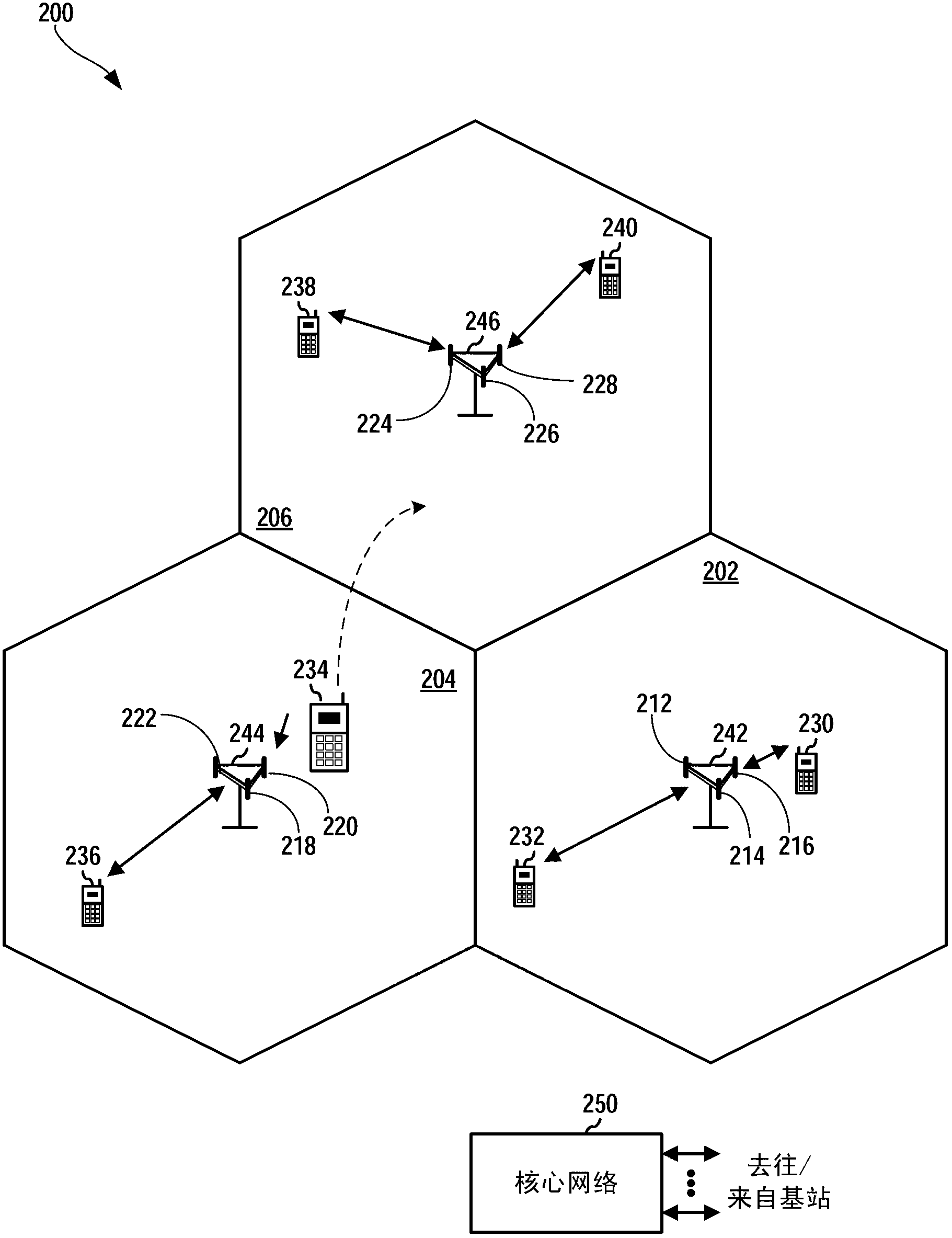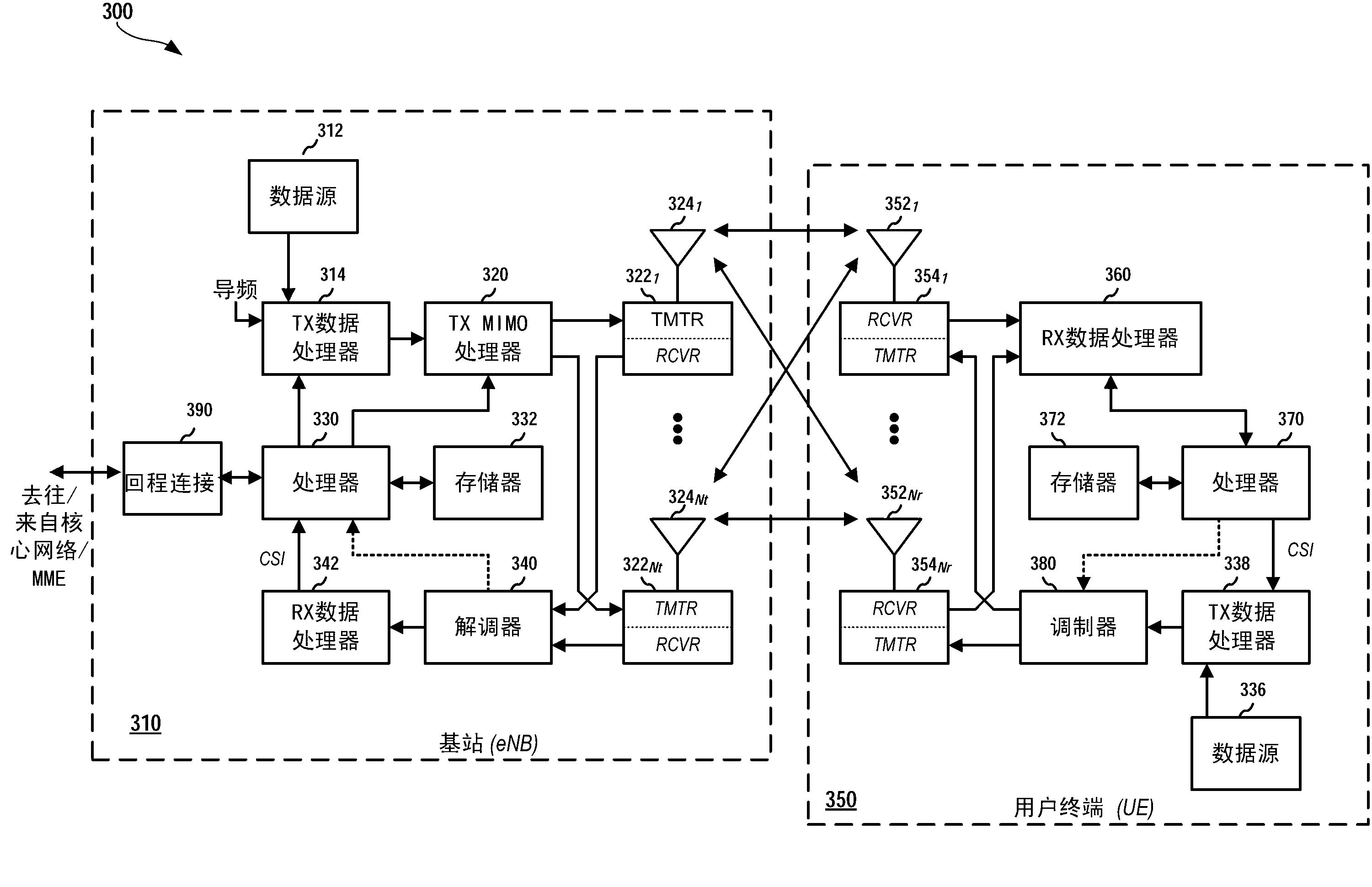Methods and apparatus for iterative decoding in multiple-input-multiple-output (mimo) communication systems
A wireless communication and summation technology, applied in the transmission system, digital transmission system, baseband system, etc., can solve the problems of demodulation and decoding complexity of the receiving module
- Summary
- Abstract
- Description
- Claims
- Application Information
AI Technical Summary
Problems solved by technology
Method used
Image
Examples
Embodiment Construction
[0029] According to various aspects described subsequently herein, efficient iterative detection and decoding apparatus and methods for use in MIMO-OFDM based systems, as well as other communication systems, are described.
[0030] In an iterative receiver architecture, the detector and decoder can exchange information. The various algorithms differ in how the soft information is generated from the detector. However, different processing algorithms can be shown to be equivalent to using Gaussian approximations for LLR values or disturbances in metric calculations. However, the Gaussian approximation does not work well for the higher order modulations used by LTE and LTE-A systems, such as 64 or 256 quadrature amplitude modulation (QAM). To address this and other problems, methods and apparatus are described in various aspects herein.
[0031] Various additional aspects, details, functions and implementations are further described below in conjunction with the accompanying ...
PUM
 Login to View More
Login to View More Abstract
Description
Claims
Application Information
 Login to View More
Login to View More - R&D
- Intellectual Property
- Life Sciences
- Materials
- Tech Scout
- Unparalleled Data Quality
- Higher Quality Content
- 60% Fewer Hallucinations
Browse by: Latest US Patents, China's latest patents, Technical Efficacy Thesaurus, Application Domain, Technology Topic, Popular Technical Reports.
© 2025 PatSnap. All rights reserved.Legal|Privacy policy|Modern Slavery Act Transparency Statement|Sitemap|About US| Contact US: help@patsnap.com



